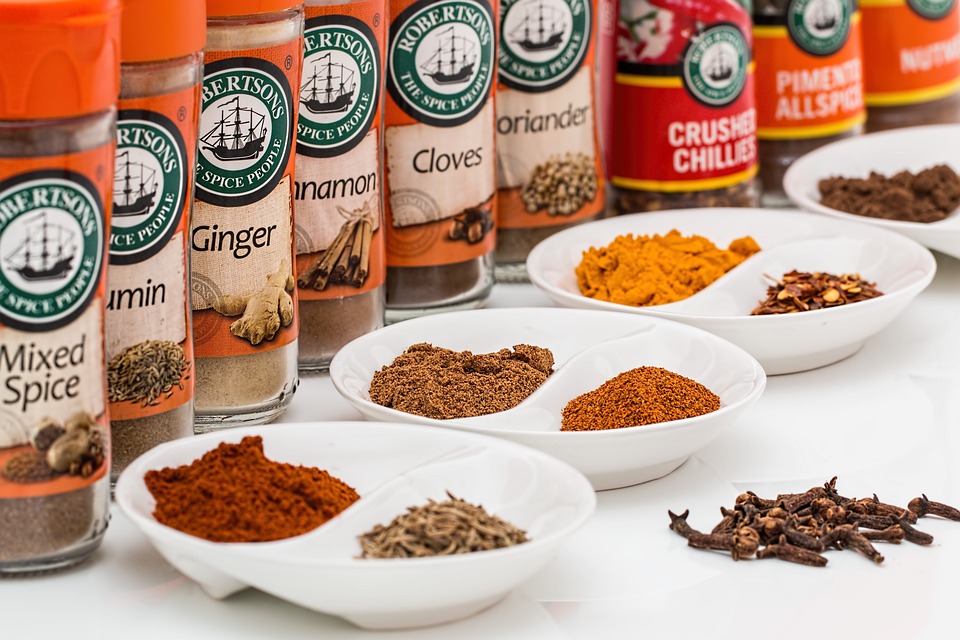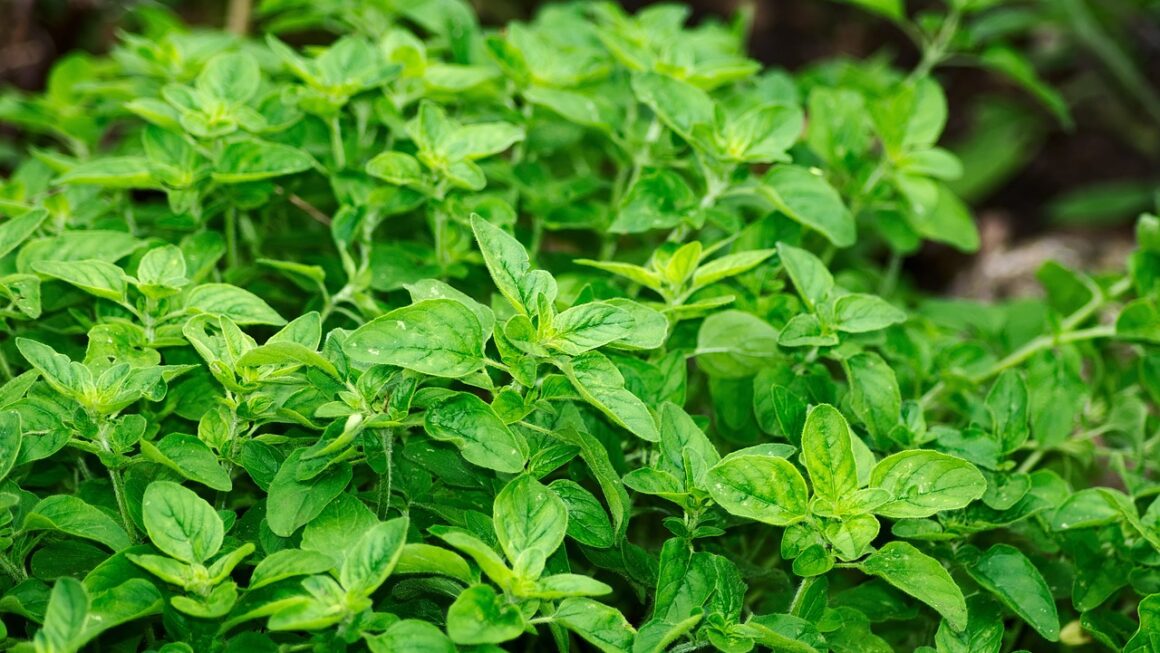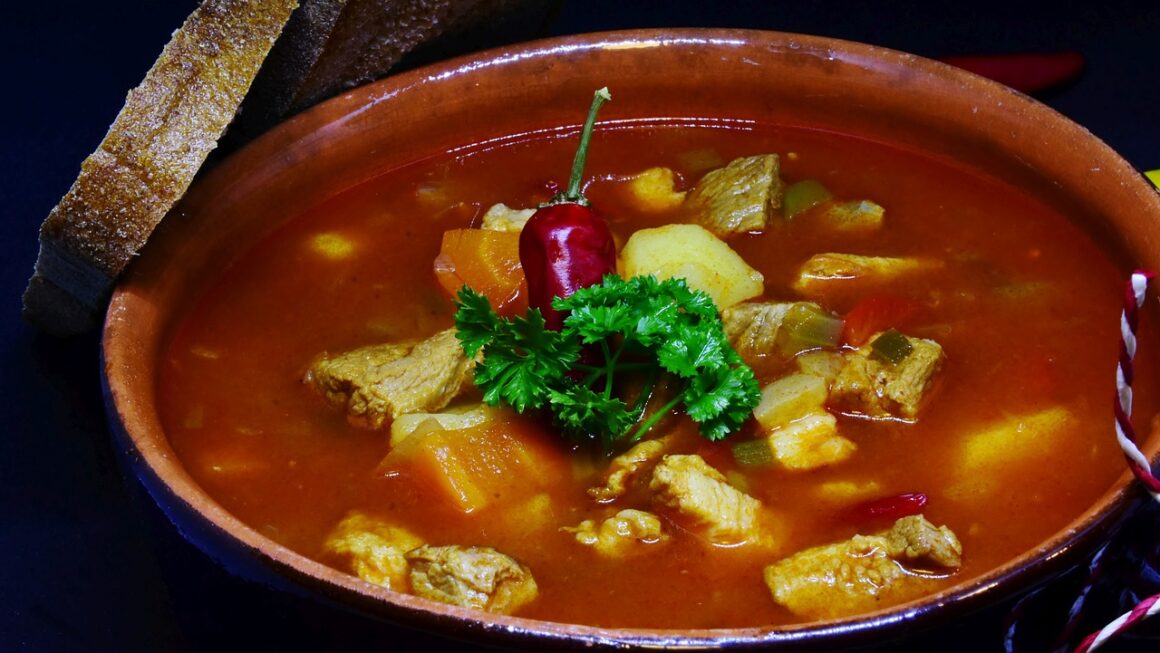Bibimbap is a beloved Korean dish that consists of a bowl of white rice topped with various vegetables, meat, and a fried egg. One of the key components of bibimbap is the array of fresh and flavorful ingredients that come together to create a delicious and well-balanced meal.
When it comes to making bibimbap, the quality and variety of ingredients used are crucial in elevating the dish from good to great. Here are some spotlighted bibimbap ingredients that you can use to create a tasty and balanced meal.
1. Vegetables: Bibimbap traditionally includes a mix of fresh, crunchy vegetables such as carrots, spinach, bean sprouts, mushrooms, and zucchini. These vegetables not only add color and texture to the dish but also provide essential nutrients and fiber. To enhance the flavor of the vegetables, consider marinating them in a mixture of soy sauce, sesame oil, and garlic before cooking.
2. Meat: While bibimbap can be made with or without meat, adding protein-rich ingredients like beef, pork, or chicken can make the dish more satisfying and hearty. Thinly sliced pieces of marinated bulgogi beef or spicy pork are popular choices for bibimbap, but you can also use grilled chicken, tofu, or shrimp as alternatives.
3. Sauce: The key to delicious bibimbap is the sauce that ties all the ingredients together. The traditional bibimbap sauce, known as gochujang, is a spicy and savory fermented chili paste that adds depth of flavor to the dish. You can adjust the heat level of the sauce by adding more or less gochujang, as well as other ingredients like soy sauce, sesame oil, sugar, and vinegar.
4. Rice: The base of bibimbap is steamed white rice, which serves as a neutral canvas for the bold flavors of the other ingredients. For a healthier twist, you can substitute white rice with brown rice, quinoa, or cauliflower rice. To achieve the signature crispy texture of bibimbap, consider using a hot stone bowl (dolsot) to serve the dish.
5. Garnishes: To add a finishing touch to your bibimbap, garnish the dish with traditional toppings like toasted sesame seeds, sliced scallions, nori strips, and a drizzle of sesame oil. These garnishes not only enhance the visual appeal of the dish but also contribute to the overall flavor profile.
In conclusion, bibimbap is a versatile and customizable dish that allows you to get creative with your choice of ingredients. By using fresh, high-quality ingredients and combining them in a harmonious way, you can create a delicious and well-balanced meal that will satisfy your cravings for Korean cuisine. Whether you stick to the traditional recipe or put your own spin on it, bibimbap is sure to become a favorite in your culinary repertoire.




